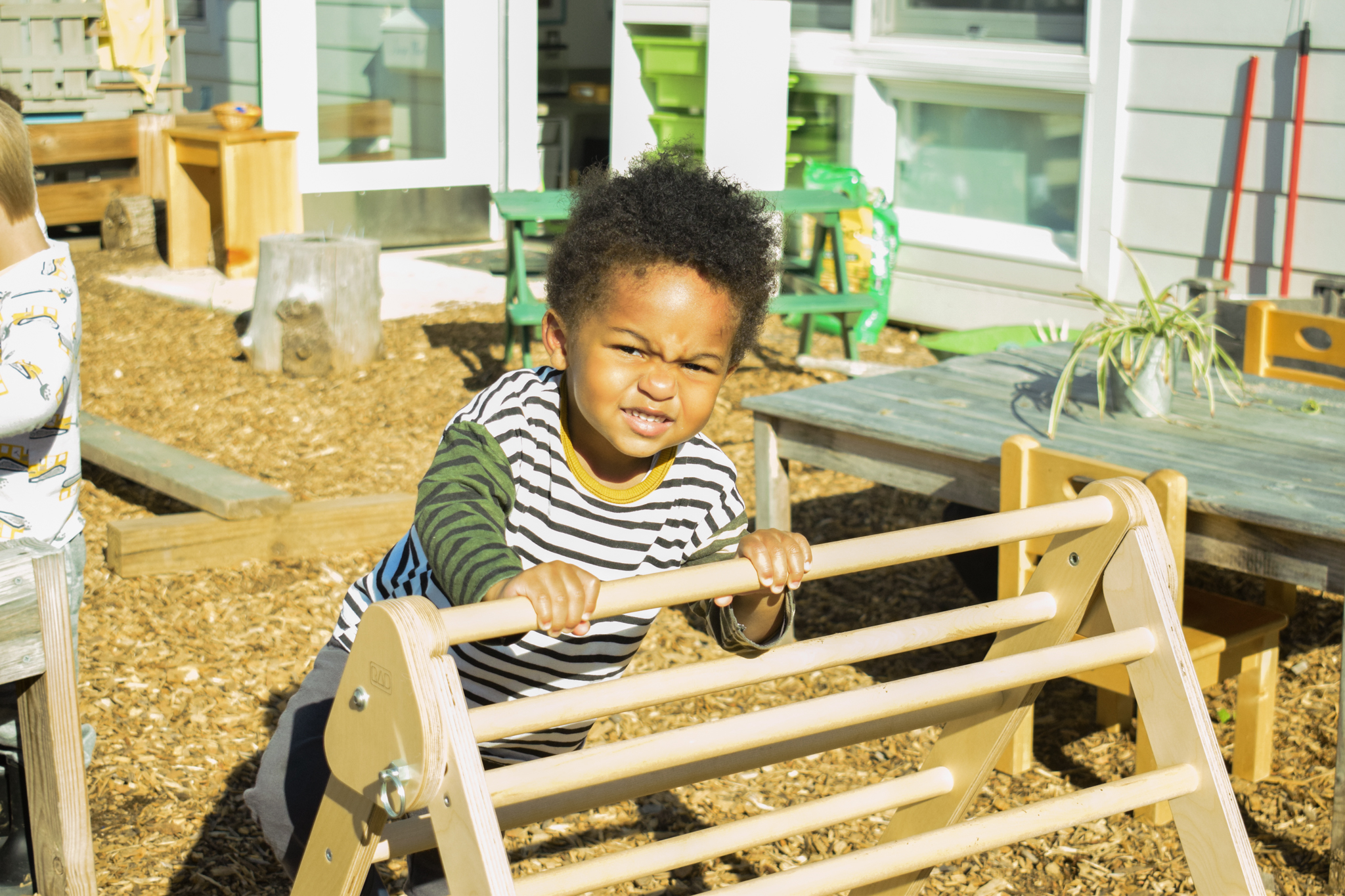Introduction
Special education teaching requires a unique set of skills and strategies to support students with diverse learning needs. In this article, we explore essential tips and strategies for success in special education teaching, empowering educators to make a positive impact in the lives of their students.
Understanding Individual Student Needs
Each student in special education has unique strengths, challenges, and learning styles. It’s essential for special education teachers to take the time to understand the individual needs of each student in their classroom. Conduct assessments, gather information from parents and other professionals, and observe student behaviors to develop personalized learning plans that address their academic, social, and emotional needs.
Differentiating Instruction
Effective special education teaching involves differentiating instruction to meet the diverse needs of students with disabilities. Adapt teaching strategies, materials, and assessments to accommodate students’ varying abilities, interests, and learning profiles. Provide multiple means of representation, engagement, and expression to ensure all students have access to the curriculum and can demonstrate their understanding in meaningful ways.
Building Positive Relationships
Building positive relationships with students is paramount in special education teaching. Establish a supportive and inclusive classroom environment where students feel valued, respected, and understood. Take the time to get to know each student on a personal level, show empathy and compassion, and celebrate their strengths and achievements. Foster a sense of belonging and community where all students feel safe to take risks and learn from their mistakes.
Collaborating with Families and Professionals
Collaboration is essential in special education teaching, as students often require support from a team of educators, therapists, and specialists. Maintain open communication with parents and caregivers, keeping them informed about their child’s progress, challenges, and successes. Collaborate with other professionals, such as speech therapists, occupational therapists, and behavior specialists, to develop comprehensive intervention plans and support strategies that address students’ unique needs holistically.
Implementing Individualized Education Plans (IEPs)
Individualized Education Plans (IEPs) are central to special education teaching, providing a roadmap for supporting students with disabilities. Collaborate with the IEP team to develop, implement, and monitor students’ individualized goals, accommodations, and modifications. Ensure that IEPs are aligned with students’ strengths, needs, and learning objectives, and regularly assess progress towards goals to make data-driven instructional decisions.
Utilizing Assistive Technology and Universal Design
Assistive technology and universal design principles can enhance access to the curriculum and support students’ independence in special education settings. Explore and implement assistive technology tools, such as text-to-speech software, graphic organizers, and alternative keyboards, to address students’ diverse needs and facilitate their learning. Apply universal design principles to create inclusive learning environments that accommodate all learners and minimize barriers to participation and achievement.
Providing Structured and Predictable Routines
Many students in special education benefit from structured and predictable routines that provide a sense of stability and security. Establish clear expectations, rules, and routines in the classroom, and provide visual supports, such as schedules and visual timers, to help students understand and navigate daily activities. Be consistent in your approach and provide ample opportunities for practice and reinforcement to promote skill development and independence.
Implementing Positive Behavior Support
Positive behavior support is essential for creating a supportive learning environment and promoting students’ social and emotional development. Utilize proactive strategies, such as positive reinforcement, modeling, and social skills instruction, to encourage desired behaviors and prevent challenging behaviors from occurring. Implement individualized behavior plans that address the underlying causes of behavior and teach alternative skills and coping strategies.
Engaging in Ongoing Professional Development
Special education teaching is a dynamic field that requires ongoing professional development to stay current with best practices, research, and trends. Seek out opportunities for professional growth, such as workshops, conferences, and online courses, that address topics relevant to special education teaching, such as inclusive practices, behavior management, and assistive technology. Collaborate with colleagues, participate in professional learning communities, and reflect on your practice to continuously improve and refine your teaching skills.
Conclusion
Special education teaching requires a commitment to understanding individual student needs, differentiating instruction, building positive relationships, collaborating with families and professionals, implementing individualized education plans, utilizing assistive technology and universal design, providing structured and predictable routines, implementing positive behavior support, and engaging in ongoing professional development. By implementing these strategies, special education teachers can create inclusive learning environments where all students can thrive and reach their full potential. Read more about tips for special education teachers





